Mysore
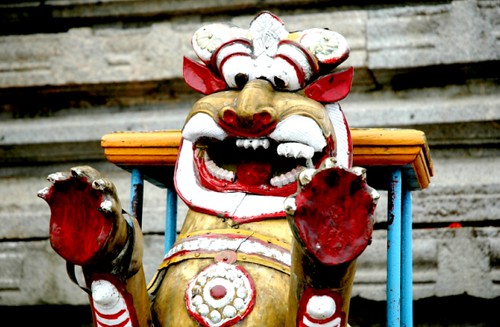
In their first 200 years, the Wodeyars of Mysore were satraps of the Vijayanagar empire; as that empire disintegrated around 1565, Mysore was among the first to declare independence. About 200 years later, Haider Ali rose through the ranks of the armed forces to usurp the throne, though after the fall of Tipu at Srirangapatnam the Wodeyars recovered the rump state of Tipu around Mysore. Their rule continued till India became independent and the monarchical principalities lost their quasi-sovereignty to be incorporated into the Union of India.
The Mysore Maharaja’s Palace, built by Henry Irwin in 1912 at a cost of Rs. 42 lakh, has a pleasant Indo-Saracenic profile, but is packed choc-a-bloc inside with ‘art’ almost as hideous as the Buckingham Palace – Belgian stained glass, Czech chandeliers, Italian mirrors, French candelabras, stuffed elephants – all under vaulted ceilings made of a particularly noxious shade of turquoise-and-pink plaster. Over-the-top rosewood walls, marble marquetry, images of gods and goddesses that would do any tea-stall calendar proud – all go to show that whatever 500 years of aristocratic breeding produces, it is certainly not taste.

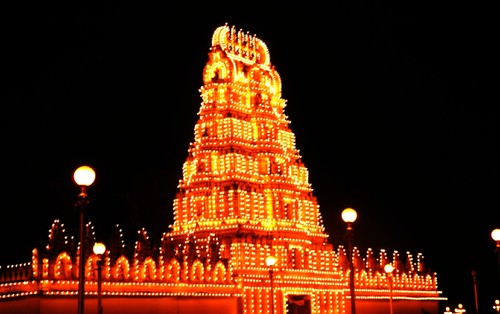
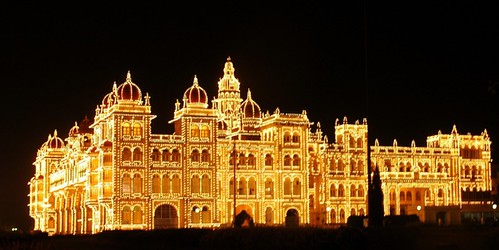
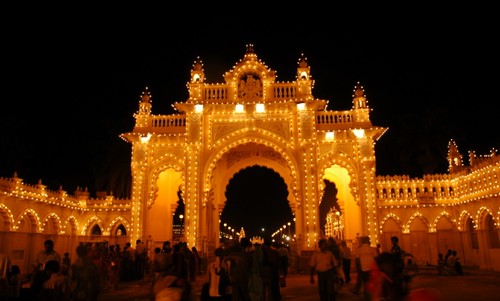
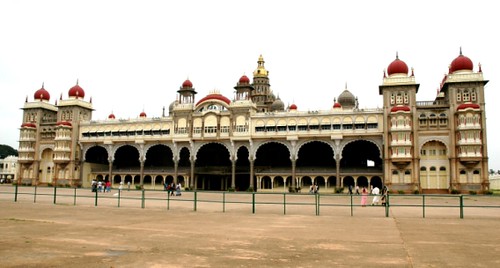
Above: The Mysore Palace.
Below: The Mahishasura of Mahishuru (Mysore); Detail from the Chamundeshwari Temple; “What should we do now?”; Local cows
Top: Dussera festival merry-go-round lion.

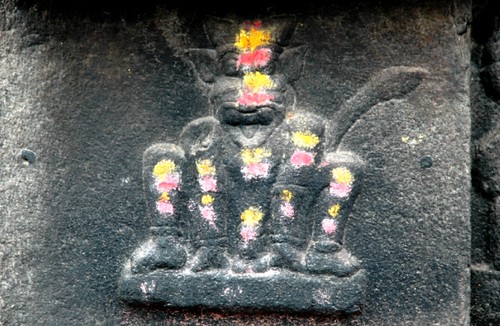

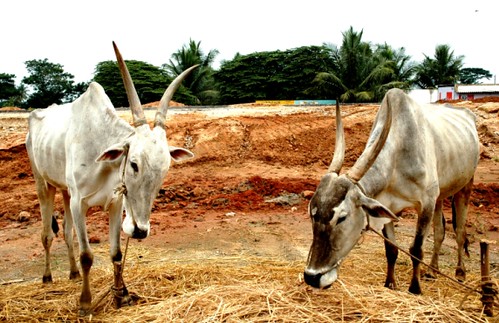


0 Comments:
Post a Comment
<< Home